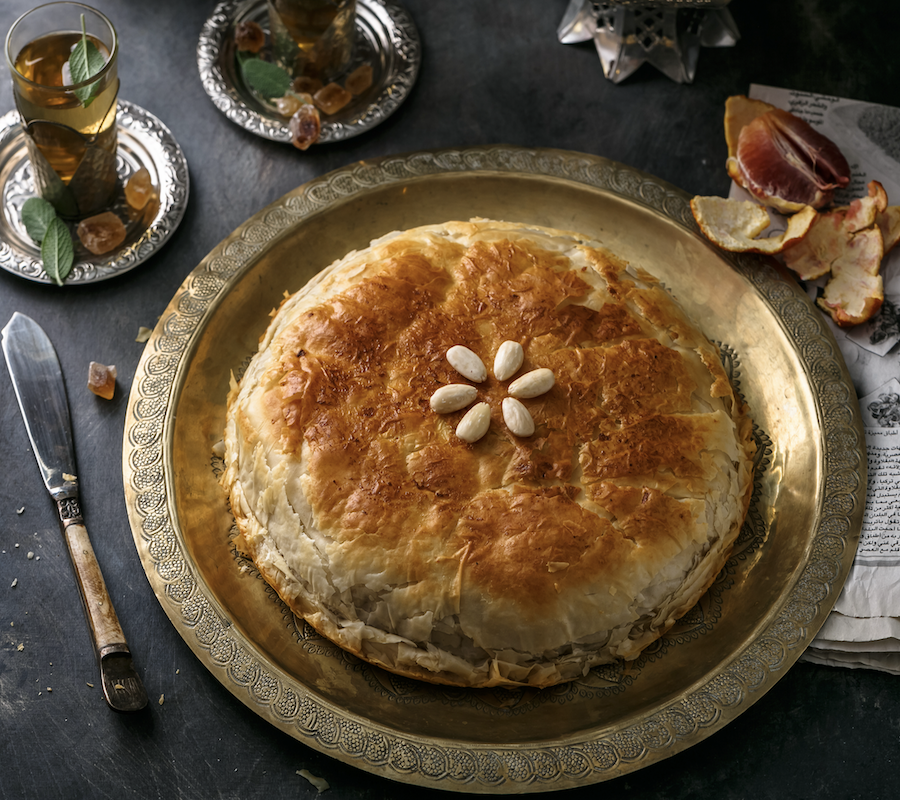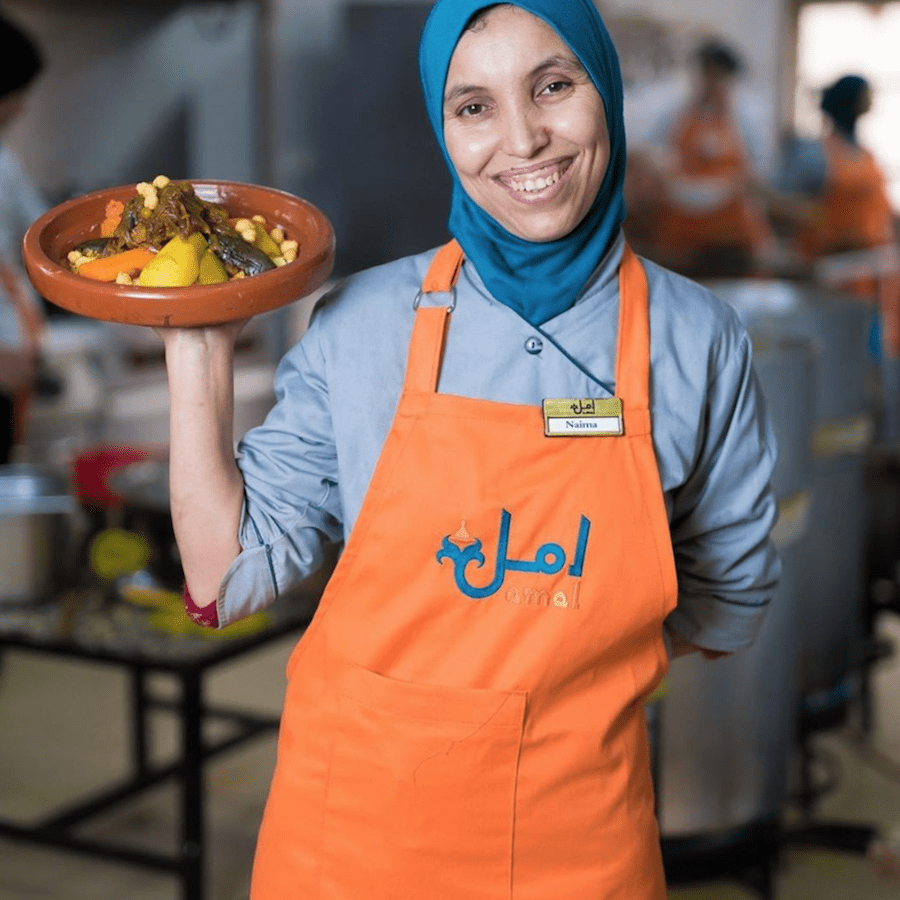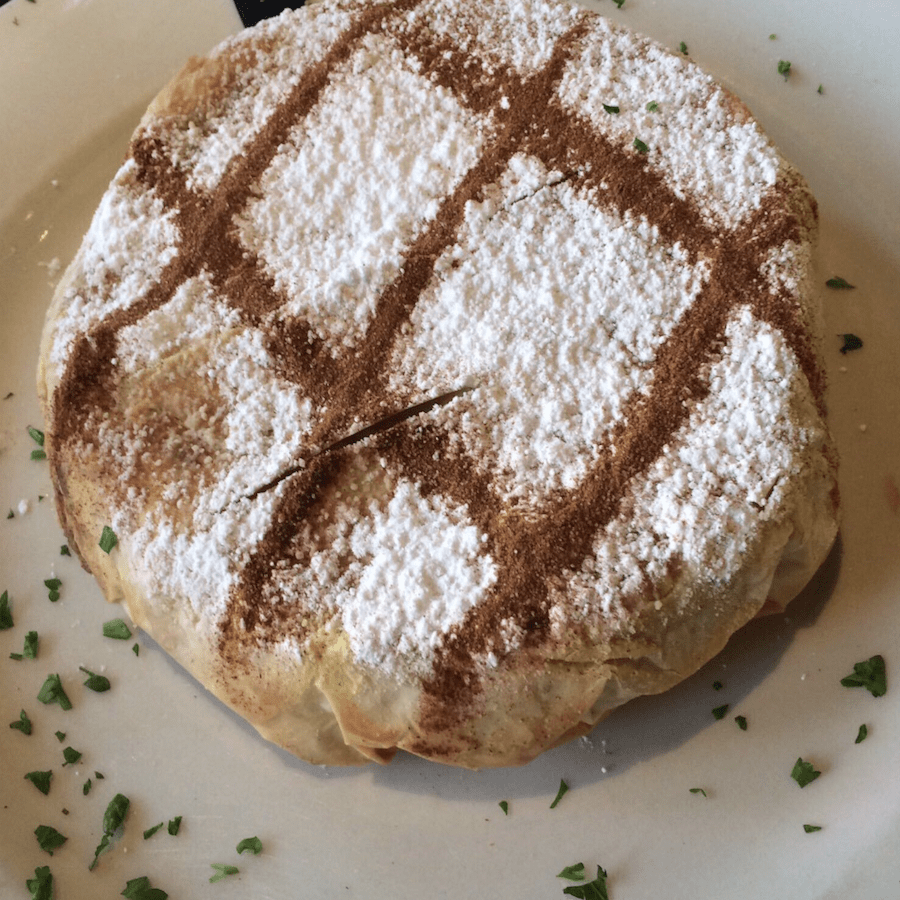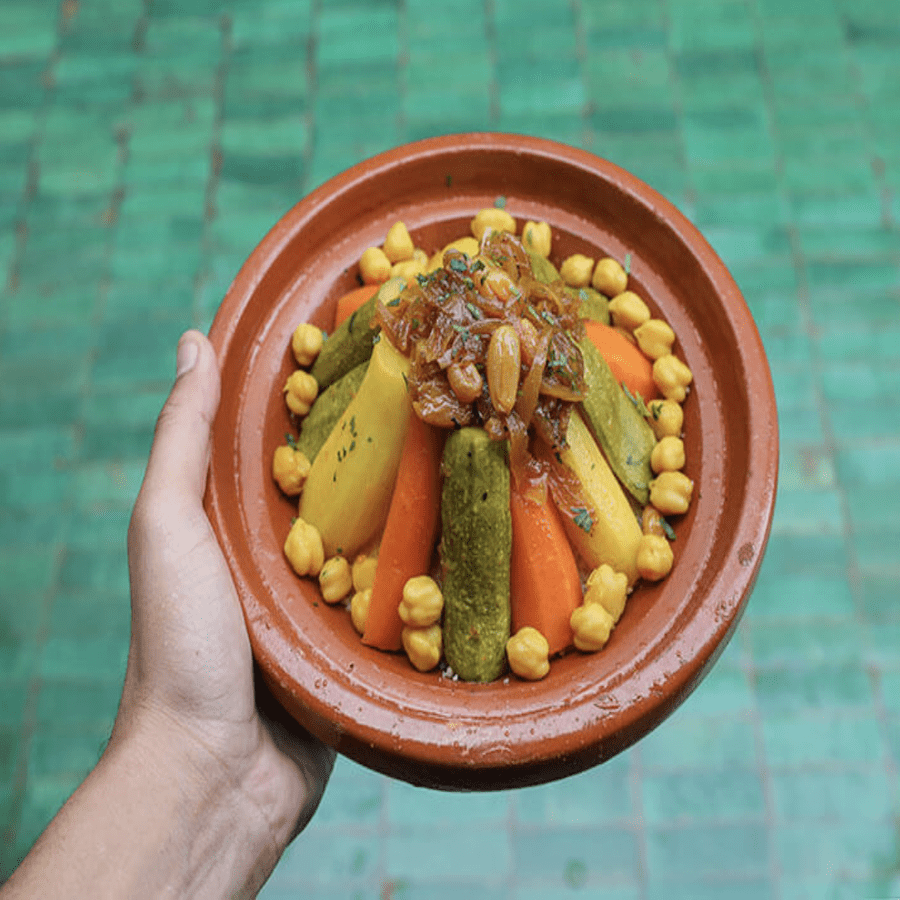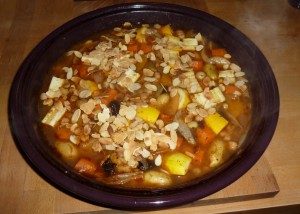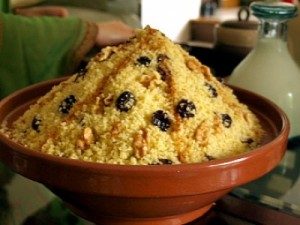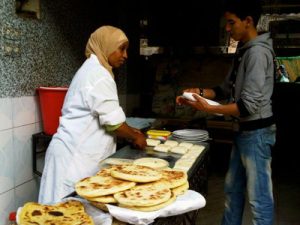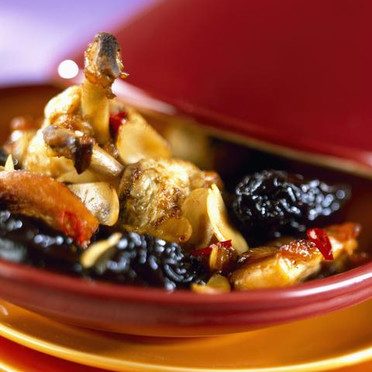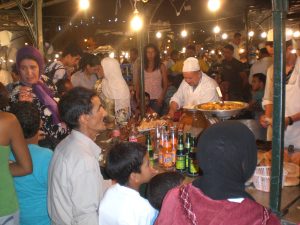Tag: Moroccan Recipes
After couscous, the first food travelers encounter in Morocco is the tajine. Admittedly there is…
Morocco offers plenty of fulfilling options for vegetarian travelers . It has wonderful and abundant fresh vegetables and spices like cumin, saffron cinnamon and paprika and seasonal fruits which you will see piled high in local souks.
Moroccan food is considered some of the best in the world. The easiest way to discover the true flavors of Moroccan cuisine are to take a Moroccan cooking class or explore various restaurants in Morocco’s Imperial Cities such as Marrakech, Fes, Rabat or Essaouira on a Morocco tour. Another way to discover authentic Moroccan cuisine is to dine with a local family in a Berber Village. Berber villages are known for their unique fare as result that their main staples in making Moroccan traditional cuisine such as couscous are grown locally in their fields alongside special herbs which allows for amazingly tasteful food. Moroccan recipes such as baking bread by fire and a tajine on starlit night can be learning on a Sahara desert tour to the Erg Chebbi Dunes of Merzouga whereby your camel trekking guide takes you off on a journey into the vast dunes to a Sahara camp at sunset to learn the secrets of the Sahara. To fully enjoy a Moroccan meal one must arrive with an empty stomach and then fully prepare themselves for a three or four-course Moroccan feast. As the French proverb says, “Appetite comes with eating; the more one has, the more one would have” so make sure to visit Morocco with an open palate and a big appetite!
Morocco is a country in North Africa where people consume allot of bread, Bread is always on the table an eaten with almost every meal. Bread is fitting with the traditional cuisine of Morocco that consists of tajines, stews and soups. What’s staggering about “bread” in Morocco is that is primarily made by all women at home and often twice daily. This results in fresh and delicious breads of all kinds from flatbreads to pancakes.
Tajines in Moroccan cuisine are slow-cooked stews braised at low temperatures, resulting in tender meat with aromatic vegetables and sauce. They are traditionally cooked in the tajine pot, whose cover has a knob-like formation at its top to facilitate removal. While simmering, the cover can be lifted off without the aid of a mitten, enabling the cook to inspect the main ingredients, add vegetables, move things around, or add additional braising liquid. To learn how to make a Moroccan tajine first hand, consider taking A Taste of Morocco tour or a local cooking class from a chef at a cooking school or university closest to where you live.
Djemaa El Fna Square is in the heart of Marrakesh, Morocco is like no where else on earth, and an adventure not to be missed after dusk. Courageous travelers in Morocco will definitely want to eat in the Djemaa El Fna Square. Tourists can avoid any chance of illness simply by sticking to foods that are actually cooked in front of them, and passed over to be eaten off of a clean paper. The Moroccan family in the photo above is waiting for their main course to come out of the cooking pot in front of them.Whether you choose to eat or not, just a stroll through the Djemaa El Fna Square in the evening can provide some very unique photo opportunities.
If you are an olive olive lover, you will find Morocco to be a paradise! All the different colors and varieties of olives are cured with different methods. The lemony greens, the succulent reds, and the pungent blacks are all done in several different ways, and each style has separate uses in the Moroccan cuisine. Once the olives are cut off the trees in mid-November, they are usually cut in Morocco with a razor blade, using a long, diagonal slash. During the hand-cutting, they are sorted by color into green, red, and black, all going into different vats.

